i dream of wood
since we came down from the trees, we’ve been turning those trees into tools, shelters and useful items. in the modern era, we have gone from handmade by necessity to handmade as luxury.
learning to build things from wood is the birthright of all humans, creatures of the trees. whether it is for recreation or employment, i believe it is important for everyone to have at least a basic understanding of how the objects we use and the houses we live in are built.
unlike literature, woodworking is a practical craft that must be engaged in to be learned. it is like writing or music. you can understand it all your like but without practice the understanding is useless. you can think about a chisel all day for a decade but you still won’t be able to use it when the time comes to hold it in your hand.
what i offer you here are practical lessons and insight. what you must offer in return, not to me but yourself, is the time, effort and energy to turn that knowledge into skill and creation.
what do i buy?
tools are a very personal decision. buy the tools you want. do research. try stuff out. borrow a friend’s until you find exactly what you want. if you’re curious what i recommend, though, i have put together a detailed collection that i try to keep as updated as possible for various common tools. click for the list.
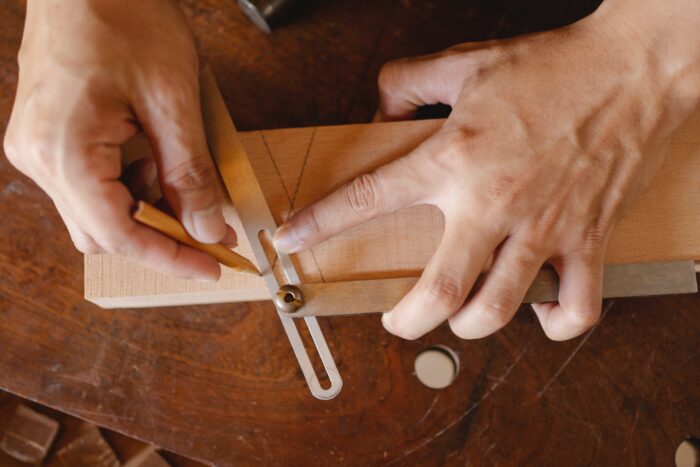
1. basic skills
- sharpening
- getting started
- chisels
- planes
- card/cabinet scrapers
- measuring and marking
- squares
- tapes
- hand-tool basics
- chisels
- planes
- saws
- work-holding
- vises
- clamps
- building a basic bench
- power-tool basics
- small tools
- drill
- sander
- router
- large tools
- tablesaw
- bandsaw
- planer
- jointer
- drill press
- small tools
- solid wood, plywood & veneer
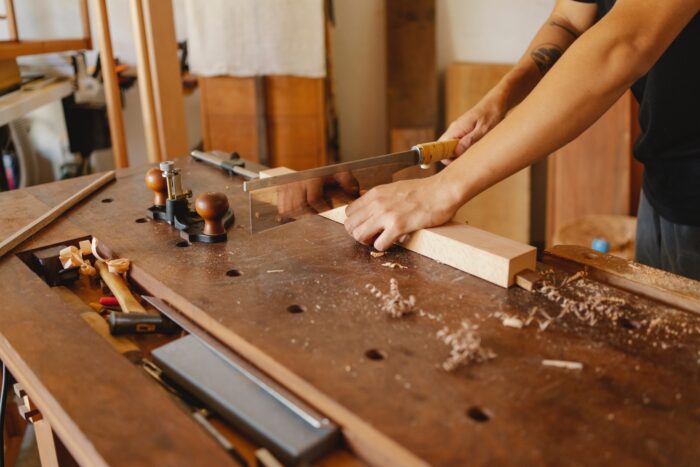
2. hand tools
- sharpening
- finding sharp
- methods
- types of steel
- methodology
- pull & push
- freehand & jigs
- traditional woodworking
- mixed (hybrid) styles
- lumber selection
- wood grain & movement
- techniques
- crosscutting
- ripping
- paring
- chip-carving
- smoothing
- rough milling
- jointing
- smoothing
- shooting
- joinery
- laps and bridal joints
- mortise & tenon
- dovetails
- rabbets, grooves & dadoes
- pinned/drawbored joints
- three-way joints
- hidden joinery
- projects
- bench
- toolbox
- teabox
- wall cabinet
- cabinet on stand
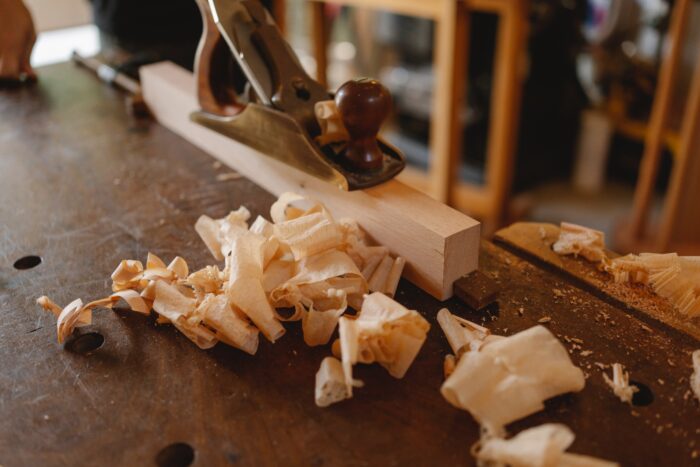
3. tool building
- designing
- wood & metal
- traditional & modern
- basic projects
- squares & winding sticks
- marking gauge
- krenov-style plane
- grooving plane
- clamps
- framesaw
- turning saw
- depth gauge
- shooting board
- advanced projects (hand)
- bench chisel
- infill plane
- folding saw
- backsaw
- advanced projects (power)
- router guide
- router table
- table sander
- drum sander
- drill press
- miniature lathe
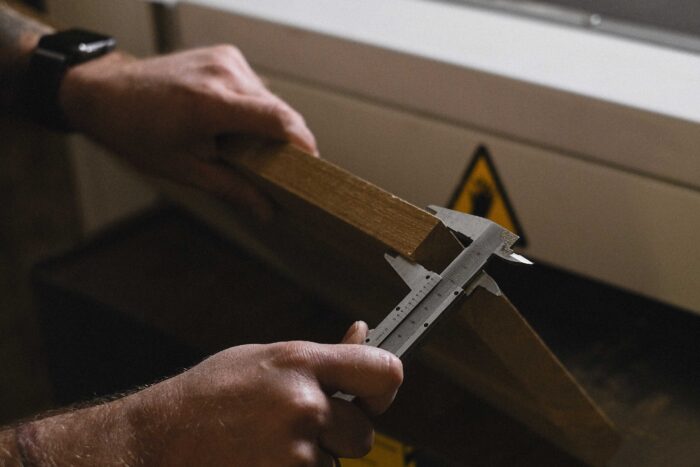
4. lumber & milling
- understanding wood movement
- sawmilling
- air & kiln drying
- moisture content
- lumber selection
- rough milling
- jointing
- planing
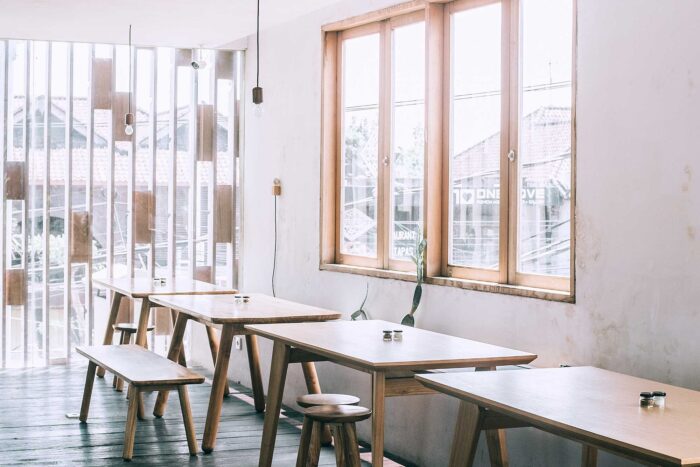
5. fine woodworking
- design
- wood selection
- color, shape, form
- history
- proportion
- prototyping
- construction
- frame & panel
- drawbored construction
- legs & stretchers
- mortise & tenon joinery
- dovetails
- drawer construction
- face & web frames
- kumiko & decorative work
- veneering
- wood glue & epoxy
- projects
- boxes
- chess board & pieces
- cabinet on stand
- side table
- dining table
- dining chair
- desk
- bed
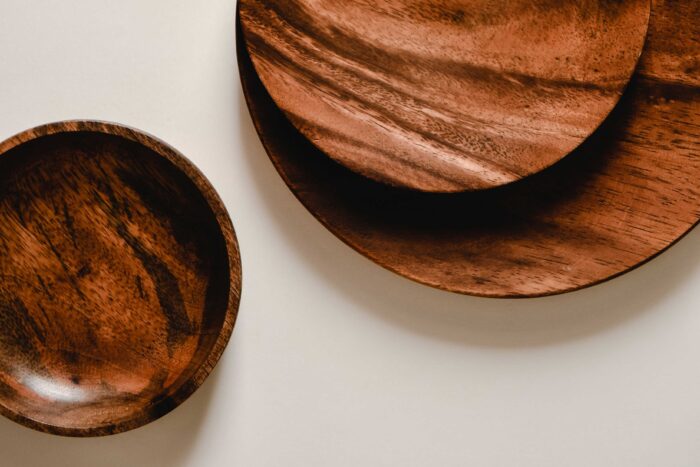
6. turning
- sharpening
- traditional & carbide tools
- basic shapes
- green & dry turning
- wood stabilization
- projects
- basic legs
- tapered legs
- spinning tops
- pens
- bowls
- live-edge bowls
- finishing
- turning other materials
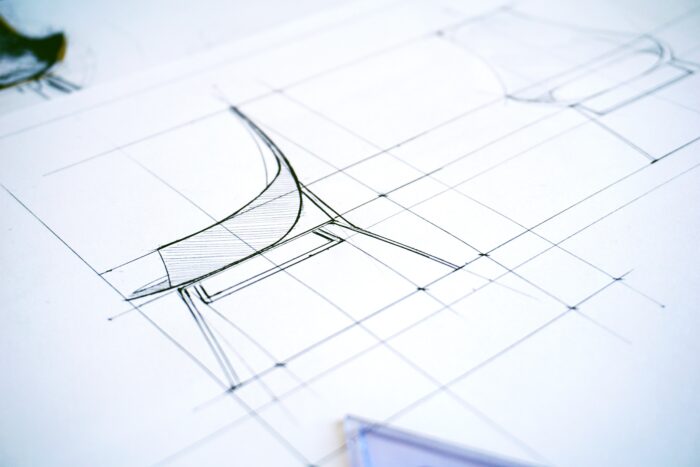
7. design
- sketching
- digital design
- design considerations
- proportion & scale
- materials
- construction & joinery
- batch production
- projects
- tea box
- wall cabinet
- cabinet on stand
- bed
- dining table
- dining chair
- desk
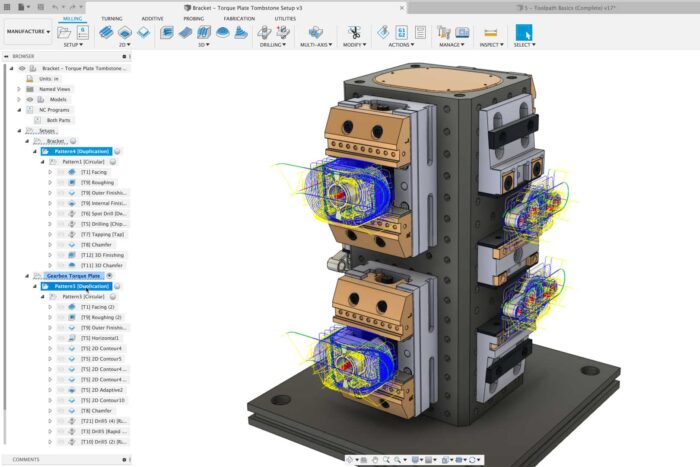
8. 3d modeling
- basic shapes
- modeling furniture
- joints & movement
- sheet metal & folds
- working with parts
- plastics
- consumer products
- modeling for production
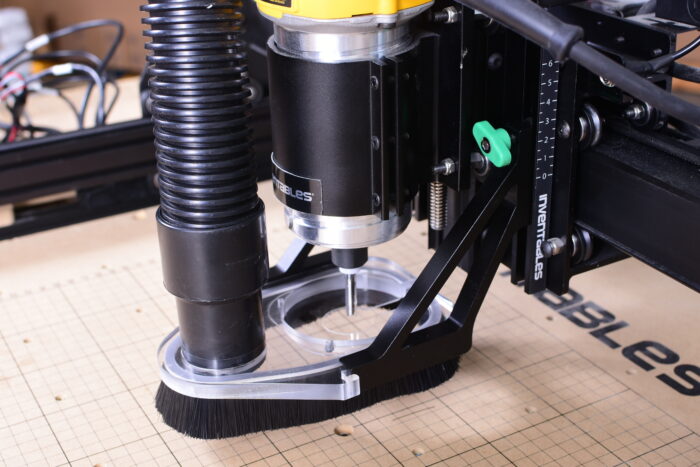
9. cnc woodworking
- designing for cnc
- template production
- hybrid construction
- tool paths & programming
- cnc joinery
- projects
- boxes
- side table
- dining table
- desk
- lounge chair
- ladderback chair
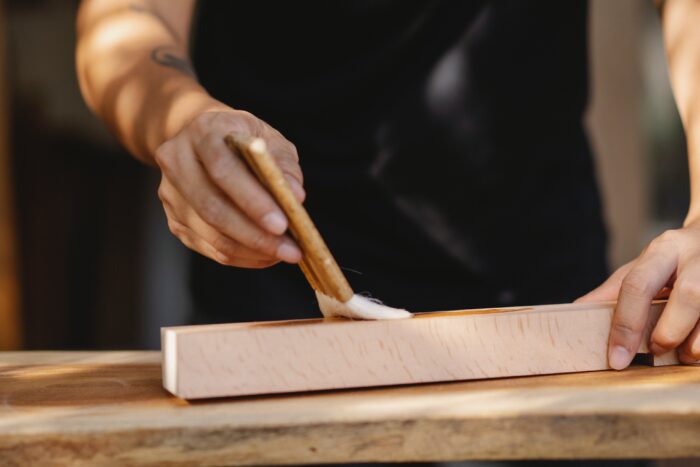
10. finishing
- moisture and equilibrium
- sanding & finish preparation
- common finishes
- shellac
- oil finishes
- polyurethane
- varnish
- lacquers
- waxes & polishes
- other finishes
- yakisugi
- scraping & burnishing
- dyes & stains
- milk paint
- modern paint
safety
please remember that using tools is a potentially-dangerous task. all in-class teaching begins with a discussion of safety precautions. if you are looking at these notes, please remember they are specifically aimed at students who are working with supervision and with the benefit of in-person safety guidance.
if you are attempting any of this work on your own, i take no responsibility for the results. i expect that you will take basic safety precautions and be aware of the correct operation of your tools. hearing, eye and breathing protection are basic necessities of the modern shop. simple precautions like splitters/riving knives, blade-guards, push-sticks and push-pads are absolutely fundamental to the safe woodworking experience.
my general rule for personal use of power tools is to ensure that no part of my body would ever come in contact with a blade even if the wood was suddenly to disappear (using push-pads when jointing, for example) and to ensure no body part, including fingers, is ever nearer than 15cm to any moving blade or cutter. if something cannot be done safely, another method must be found. you can make your own decisions. i believe my fingers and hands are worth more than the potential time savings. please be safe in your workshop.
Share this:
- Click to share on Twitter (Opens in new window)
- Click to share on Facebook (Opens in new window)
- Click to share on LinkedIn (Opens in new window)
- Click to share on Tumblr (Opens in new window)
- Click to share on Pinterest (Opens in new window)
- Click to share on Pocket (Opens in new window)
- Click to print (Opens in new window)